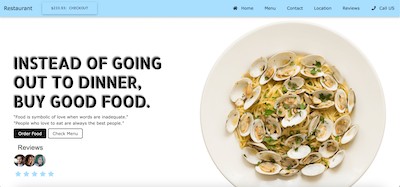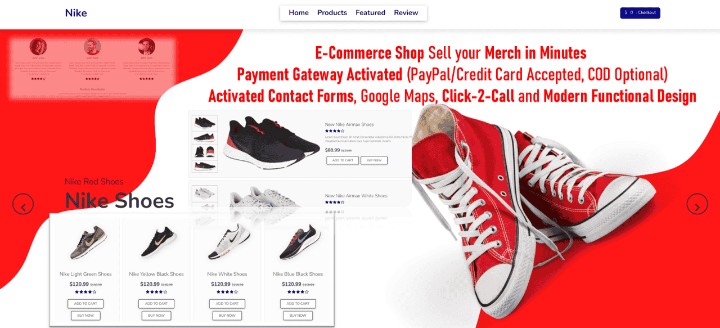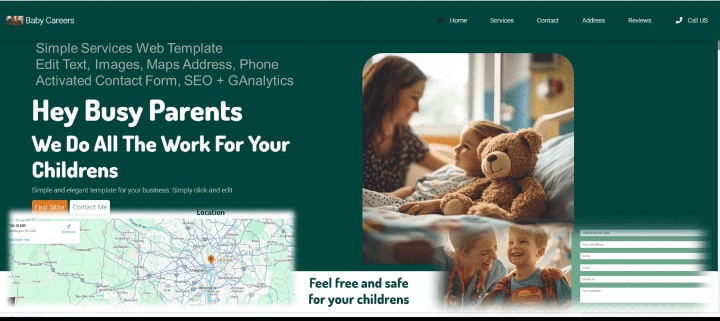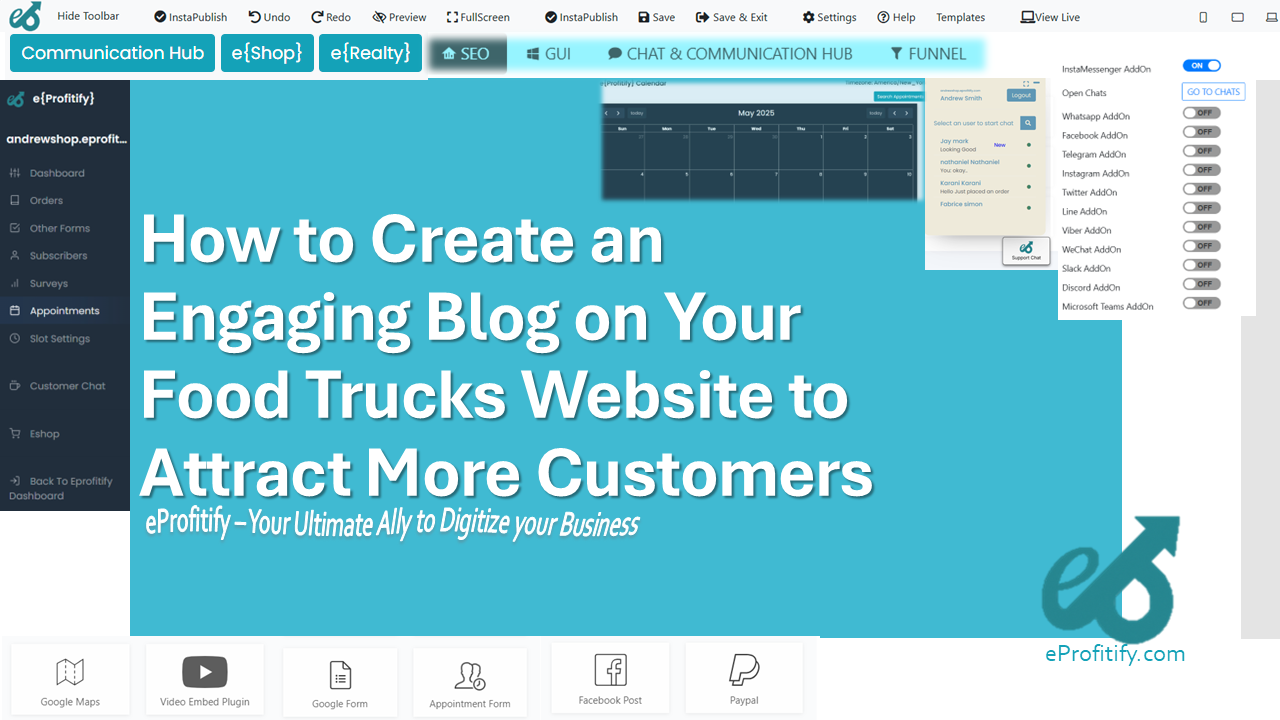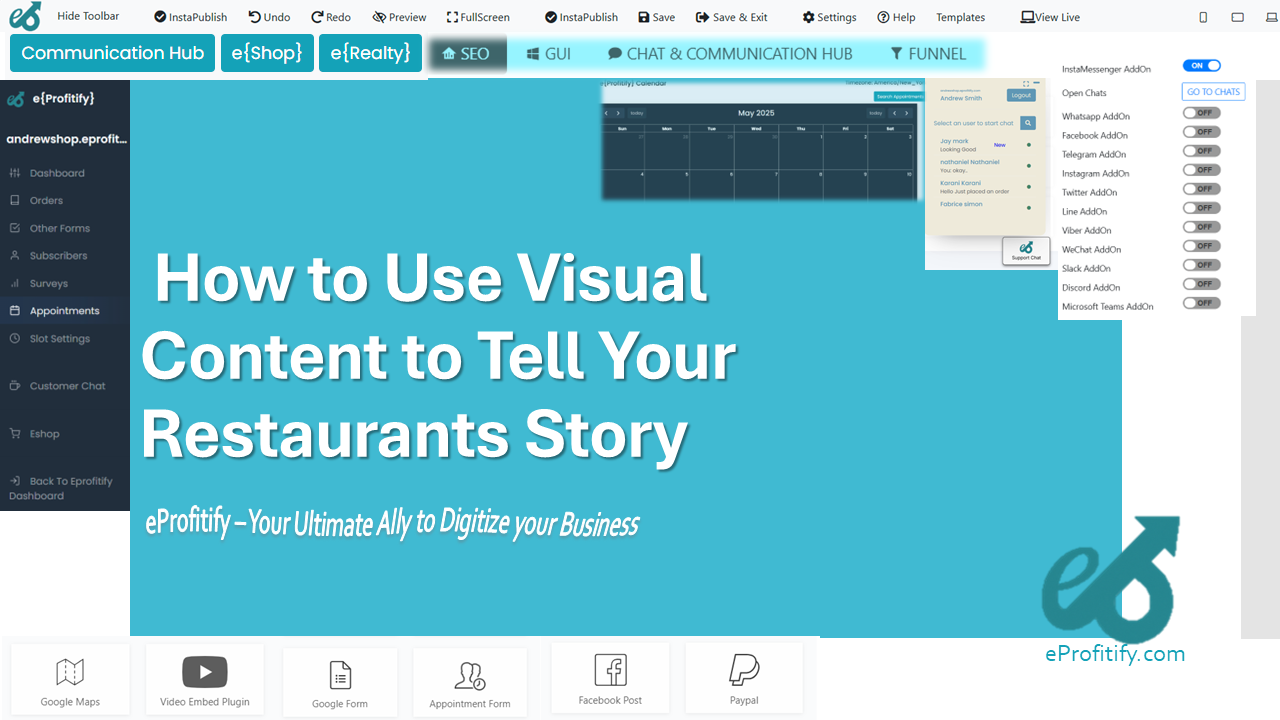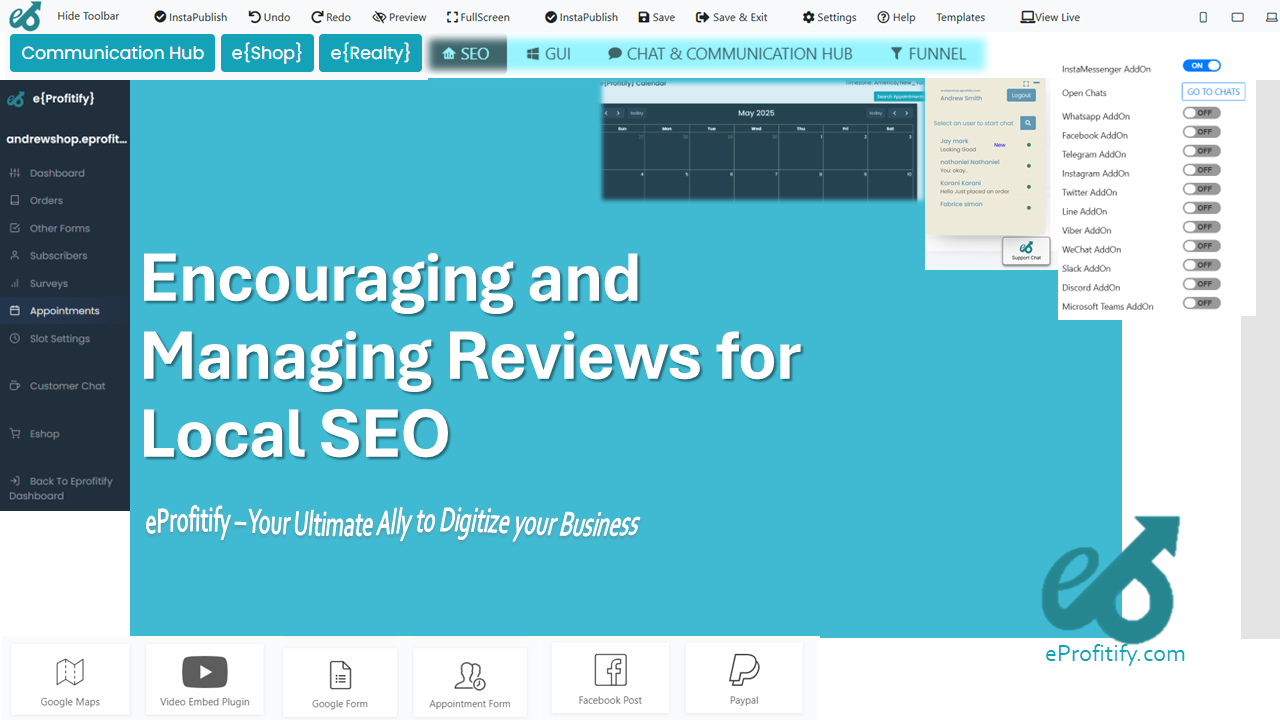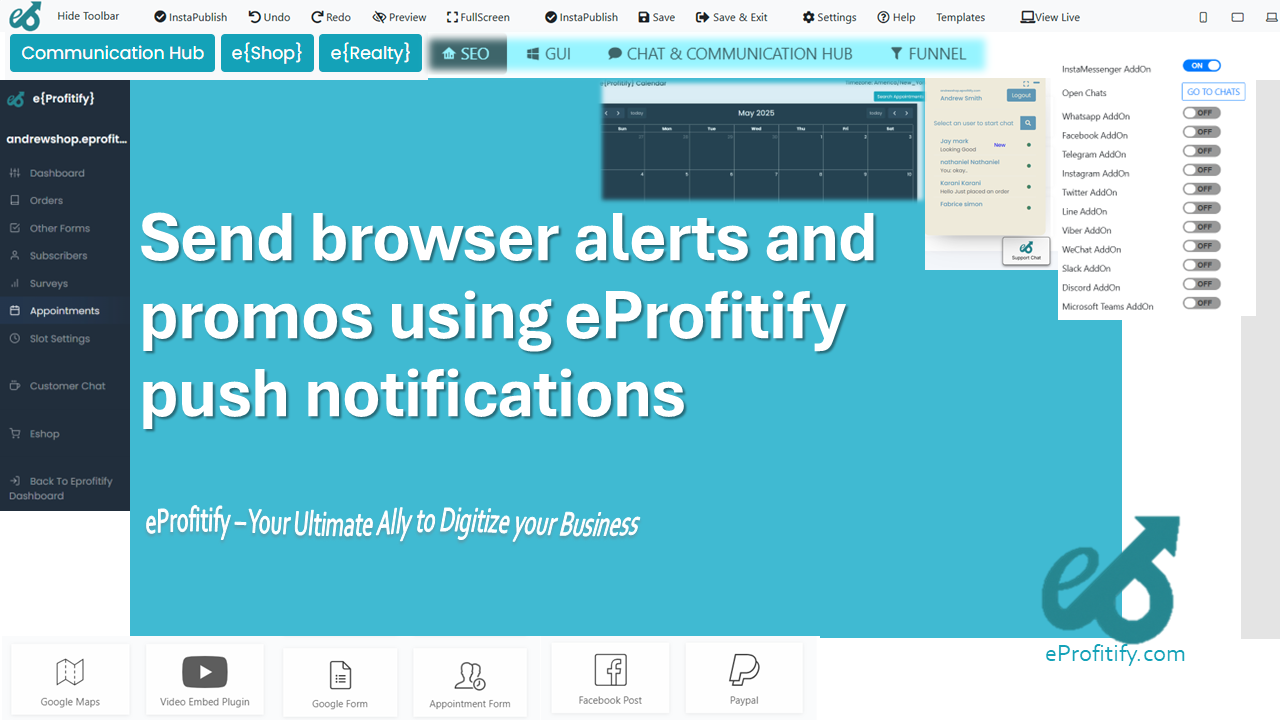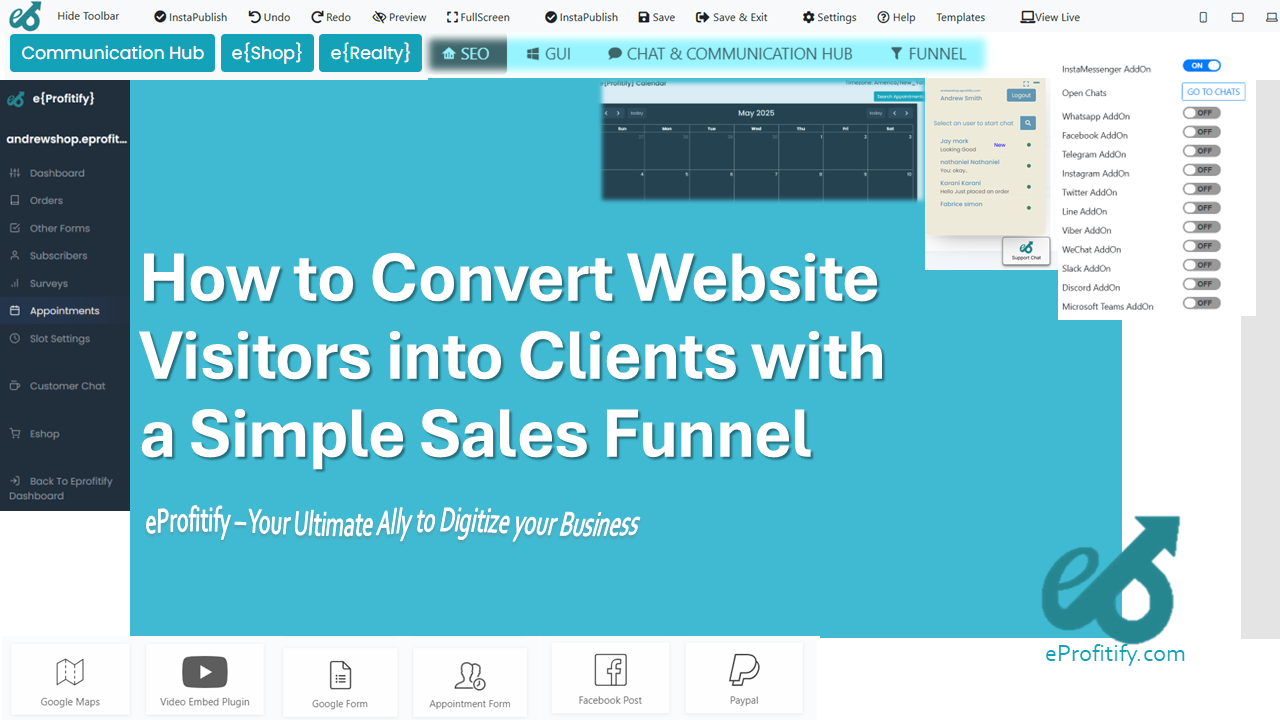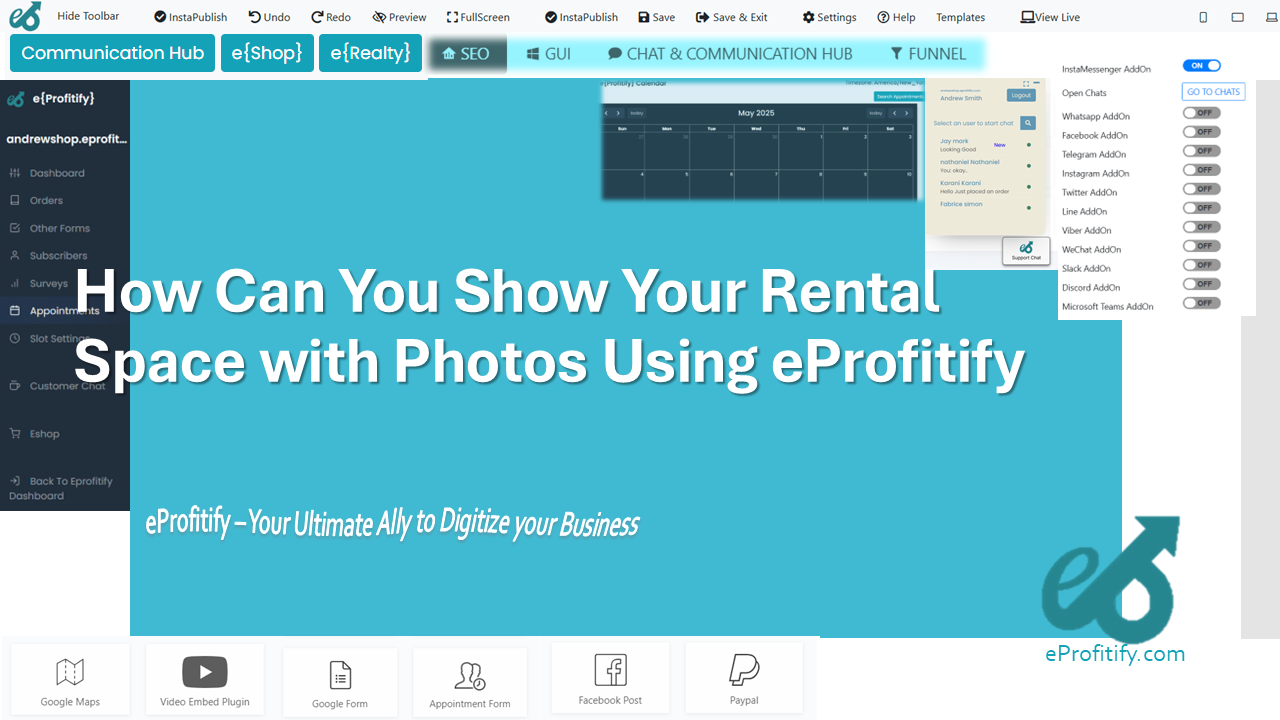Creating Content That Supports Both SEO and Paid Campaigns
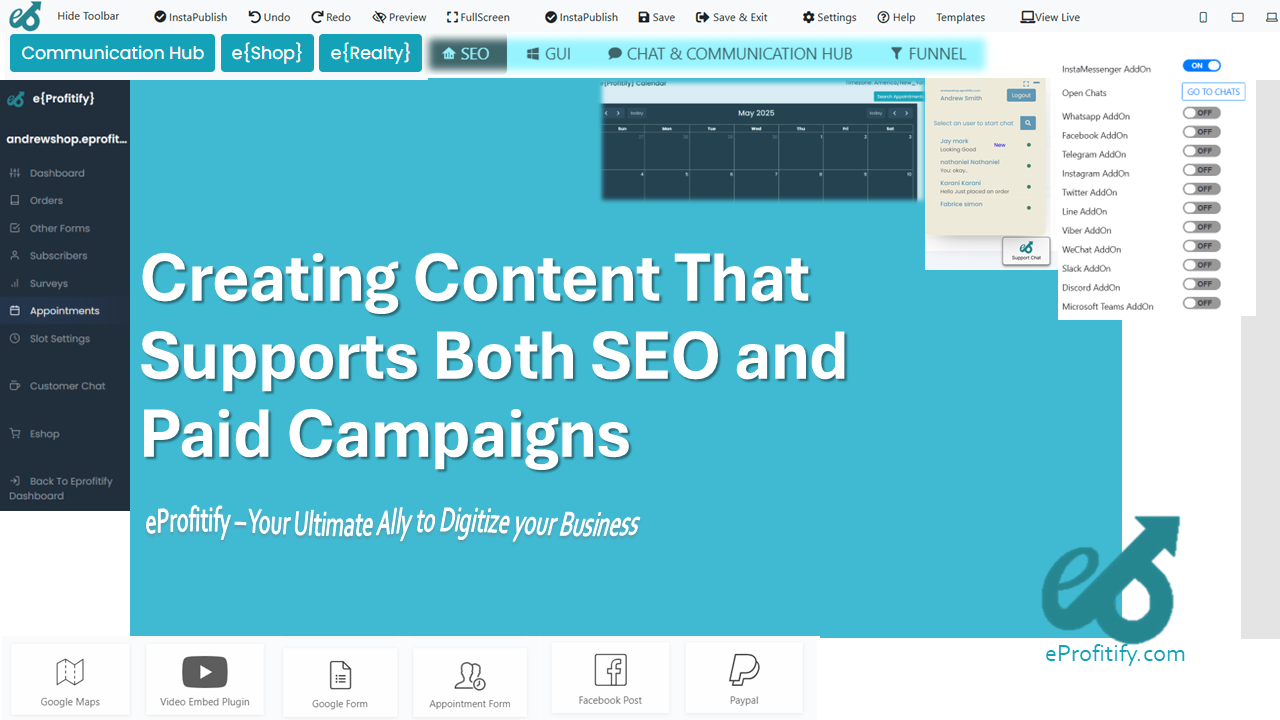
Schedule a LIVE Zoom call with an eProfitify Expert.
Creating Content That Supports Both SEO and Paid Campaigns
In today’s competitive digital landscape, businesses must leverage content strategies that align SEO and paid campaigns. Integrating both approaches ensures a cohesive marketing strategy, maximizing visibility, engagement, and ROI. Research shows that businesses combining SEO and paid advertising strategies see a 25% higher conversion rate compared to those relying on a single channel. This synergy allows brands to dominate search engine results pages (SERPs) organically while amplifying reach through targeted ads.
The Role of Content in Bridging SEO and Paid Campaigns
Content serves as the foundation for both SEO and paid campaigns. High-quality, keyword-optimized content improves organic rankings, while compelling ad copy drives clicks in paid search or social media ads. According to HubSpot, 55% of marketers prioritize creating content that supports multiple marketing channels. For instance, blog posts optimized for SEO can be repurposed into ad creatives, landing pages, or social media snippets.
Keyword Alignment: A Unified Approach
Keyword research is critical for connecting SEO and paid strategies. Tools like eprofitify streamline this process by offering integrated keyword analytics, helping businesses identify high-intent keywords that perform well organically and in paid campaigns. For example, long-tail keywords with commercial intent (e.g., “best CRM software for small businesses”) can be targeted via PPC ads while also being embedded into SEO-optimized blog content. Statistics reveal that 65% of paid search clicks come from long-tail keywords, emphasizing the need for cross-channel keyword consistency.
Crafting Dual-Purpose Content
Content creators must develop materials that serve dual purposes. A product page optimized for SEO with detailed descriptions and schema markup can be directly linked to Google Shopping Ads, reducing friction for users. Similarly, whitepapers or case studies ranking organically for industry-specific terms can be promoted through LinkedIn Ads to target B2B audiences. Case studies show that businesses using content for both organic and paid efforts achieve a 40% reduction in customer acquisition costs.
The Power of Landing Pages
Landing pages are pivotal in converting traffic from both SEO and paid sources. Pages optimized for relevance and user experience (UX) improve Quality Scores in Google Ads, lowering cost-per-click (CPC). Integrating tools like eprofitify’s landing page builder ensures mobile responsiveness, fast load times, and SEO-friendly URLs—elements that boost organic rankings while enhancing paid campaign performance.
Leveraging Analytics for Cross-Channel Insights
Data-driven decision-making is essential for harmonizing SEO and paid strategies. Platforms like eprofitify offer unified dashboards tracking metrics such as keyword rankings, ad spend, and conversion rates. For instance, if a blog post ranks on page one for “how to manage appointments efficiently,” promoting it via Facebook Ads targeting small business owners can amplify traffic. Businesses using integrated analytics report a 30% faster time-to-insight, enabling agile optimizations.
A/B Testing for Optimization
Continuous testing ensures content resonates across channels. A/B testing ad copy against organic headlines helps identify high-performing messaging. For example, an email marketing tool provider might test variants of “Top 10 Email Automation Tools” in Meta Ads and monitor which version also improves organic CTR. Studies indicate that brands conducting regular A/B tests achieve 20% higher engagement rates on cross-channel content.
The Role of Technical SEO in Paid Campaign Success
Technical SEO elements like site speed, mobile optimization, and structured data indirectly enhance paid campaign performance. Pages with Core Web Vitals scores above 90 experience a 50% lower bounce rate in paid traffic, according to Google. Tools like eprofitify automate technical SEO audits, ensuring websites meet algorithmic standards, which boosts ad relevance and organic visibility simultaneously.
Aligning Content with User Intent
Understanding user intent is critical. Informational queries (e.g., “what is CRM software”) align with SEO-driven blog content, while transactional queries (e.g., “buy CRM tools”) benefit from paid ads. eprofitify’s AI-powered content analyzer evaluates intent alignment, guiding teams to create content that satisfies searchers at every funnel stage. Businesses aligning content with intent see a 35% increase in lead quality.
Scaling with Automation and Integrated Tools
Platforms like eprofitify simplify scaling content efforts across SEO and paid channels. Features include:
- Instant Messaging: Engage leads from ads in real time, improving conversion rates.
- Appointment Management System: Book consultations directly from SEO-optimized service pages.
- Ecommerce Integration: Sync product feeds with Google Ads for dynamic retargeting.
- CRM: Track customer journeys from first click (paid/organic) to sale.
For example, an ecommerce brand using eprofitify can auto-generate product descriptions for SEO, then retarget visitors via Google Display Ads, with messaging synchronized to their browsing history.
Case Study: Blending SEO and Paid Strategies
A SaaS company used eprofitify to optimize its blog for “best project management tools,” driving organic traffic. Simultaneously, they ran LinkedIn Ads promoting a gated version of the content as a lead magnet. The result: 200% more leads in 3 months, with organic rankings improving due to increased dwell time from ad-driven visitors.
The Future: Voice Search and Visual Content
Voice search optimization and visual content are emerging frontiers. 50% of searches will be voice-based by 2024 (Comscore), requiring conversational keywords in SEO and ad copy. Tools like eprofitify’s voice search analyzer help brands adapt. Similarly, video content ranking on YouTube (SEO) can be promoted via YouTube Ads, capturing audiences at multiple touchpoints.
Conclusion
Unifying SEO and paid campaigns through strategic content creation drives sustainable growth. By leveraging tools like eprofitify—with its suite of features spanning SEO, CRM, and campaign management—brands eliminate silos, reduce costs, and accelerate revenue. As digital competition intensifies, adopting an integrated approach isn’t optional; it’s essential for staying ahead.
